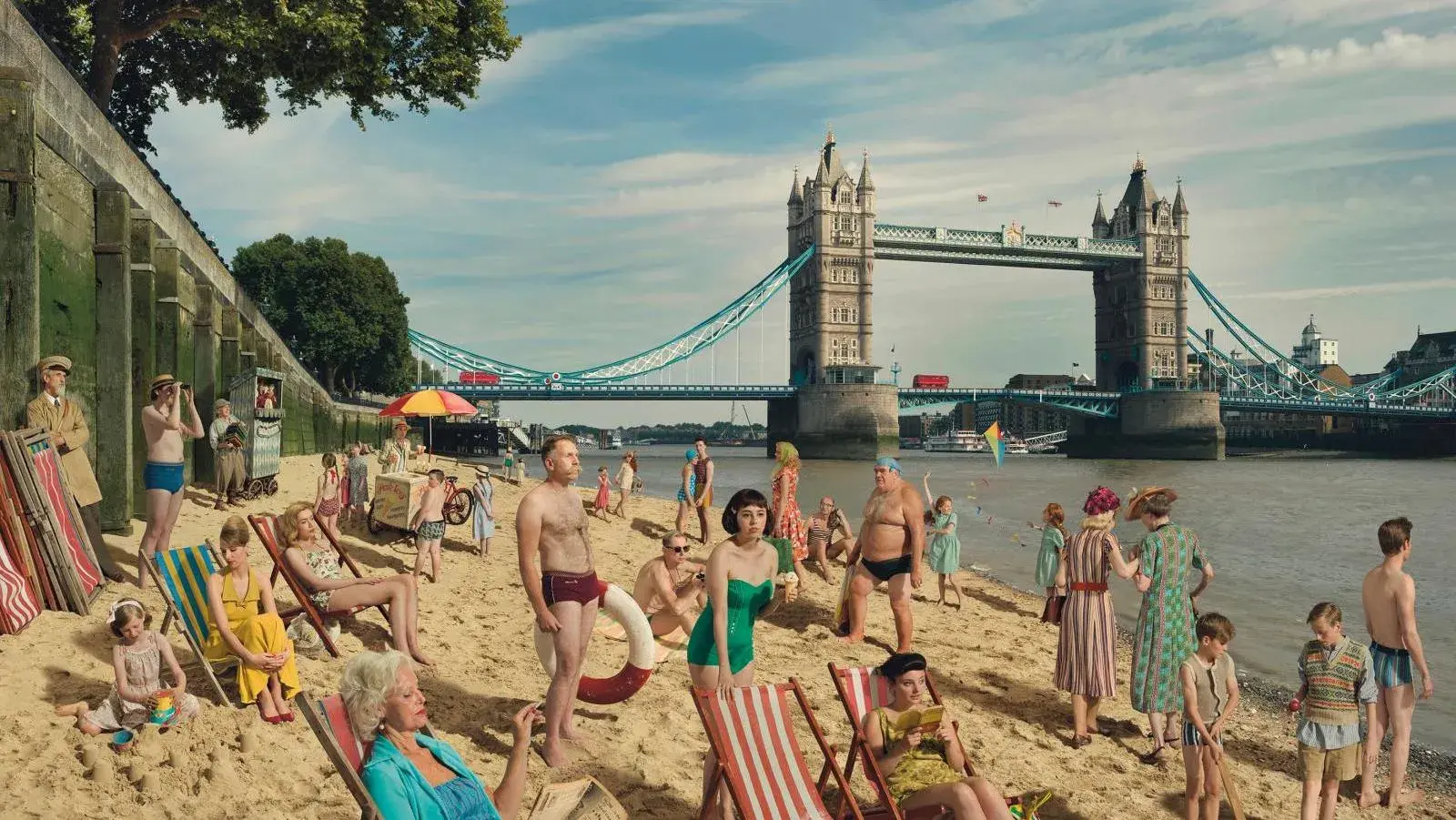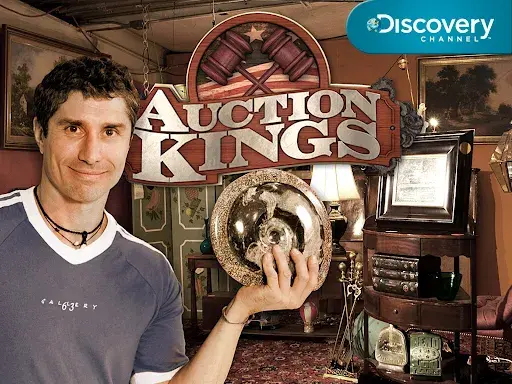Photo London, 10 Years Old!
Published on

Despite a decade punctuated by Brexit and the Covid health crisis, the fair has managed to impose its dynamism. It is one of the leading photography events in Great Britain, a country where the market is reaching maturity. Julia Fullerton Batten (b. 1970), Bathing by Tower Bridge, print presented at Photo London's anniversary exhibition “London Lives”. When he launched Photo London with Fariba Farshad in 2015, Michael Benson made no secret of his ambition to make London a stronghold for photography, and even surpass Paris Photo. In 2003, the couple co-founded Candlestar, a company specializing in the consultancy, creation and development of









